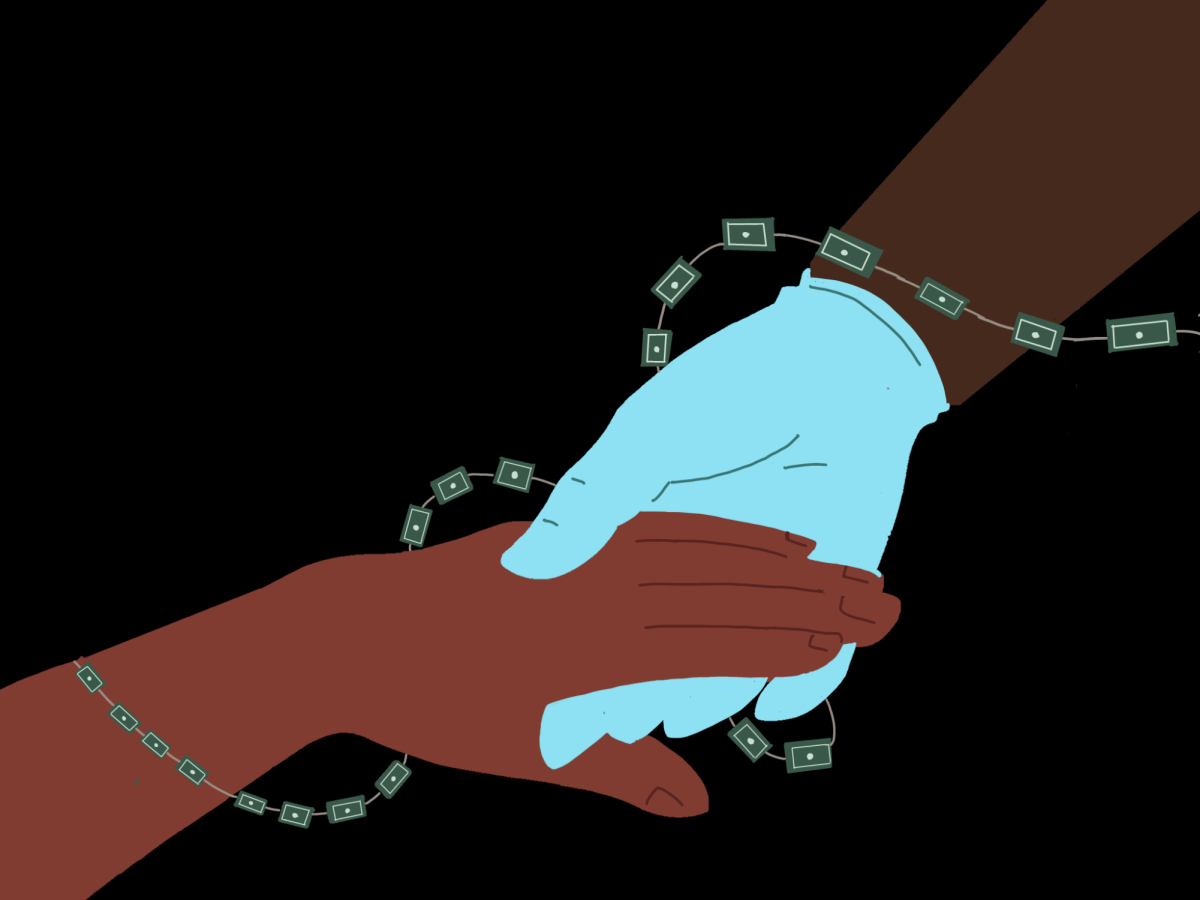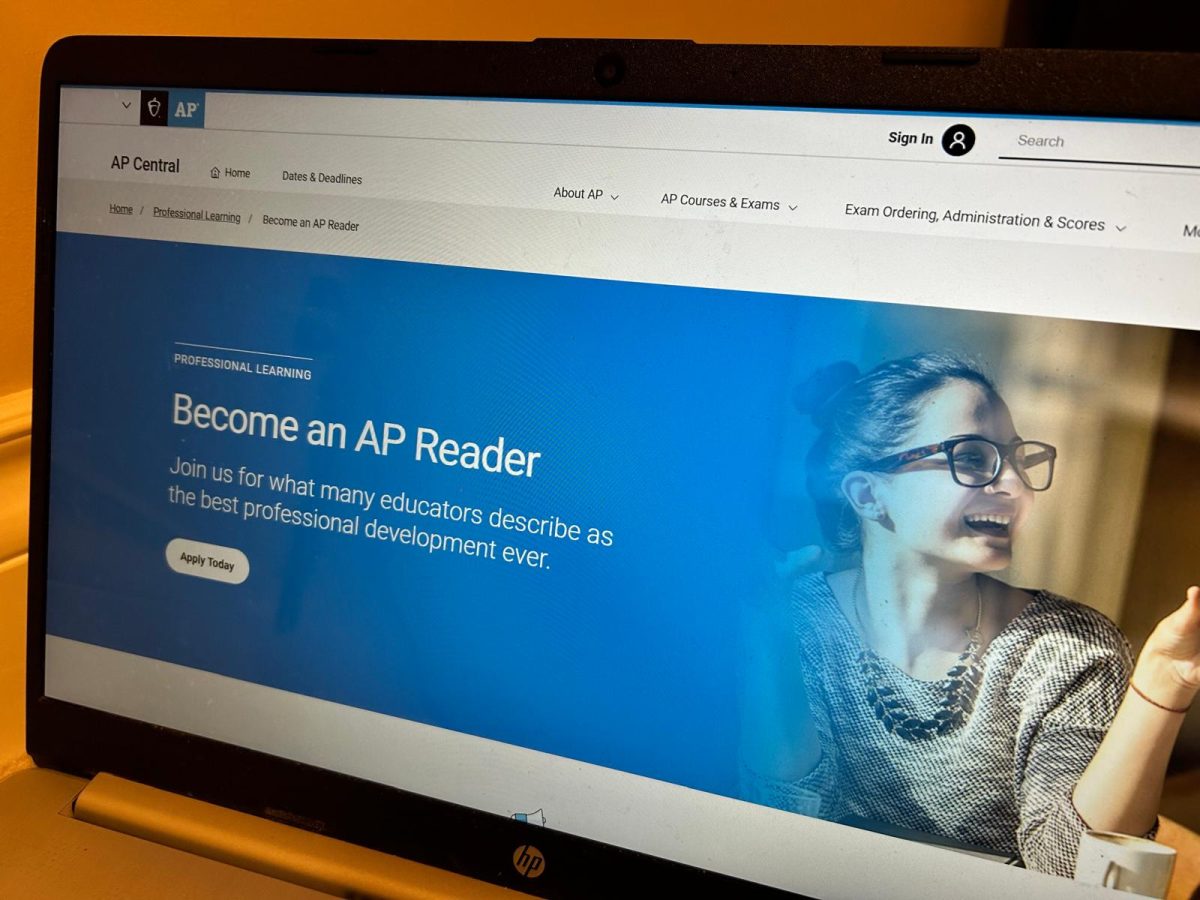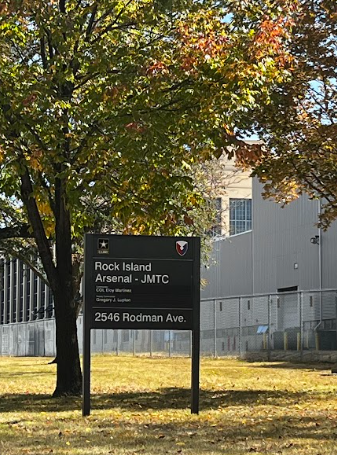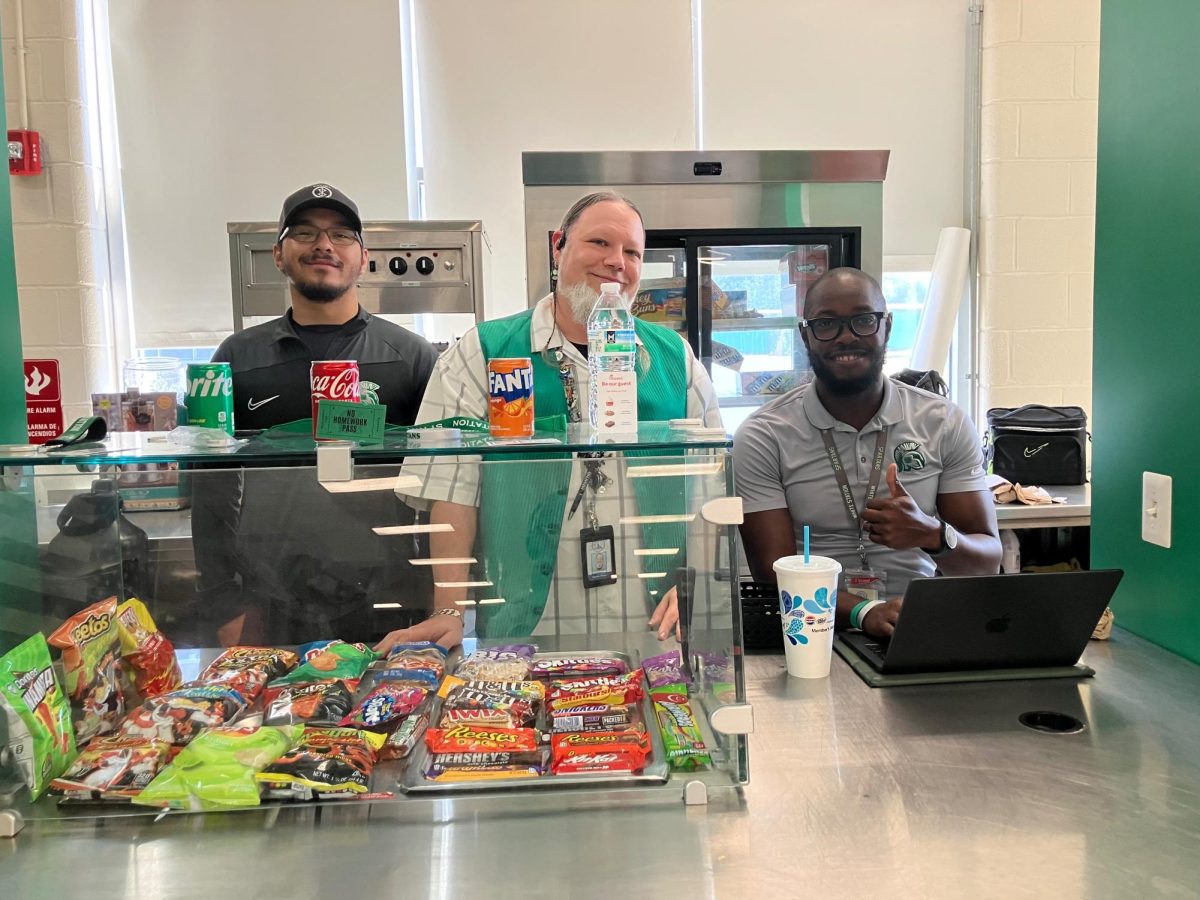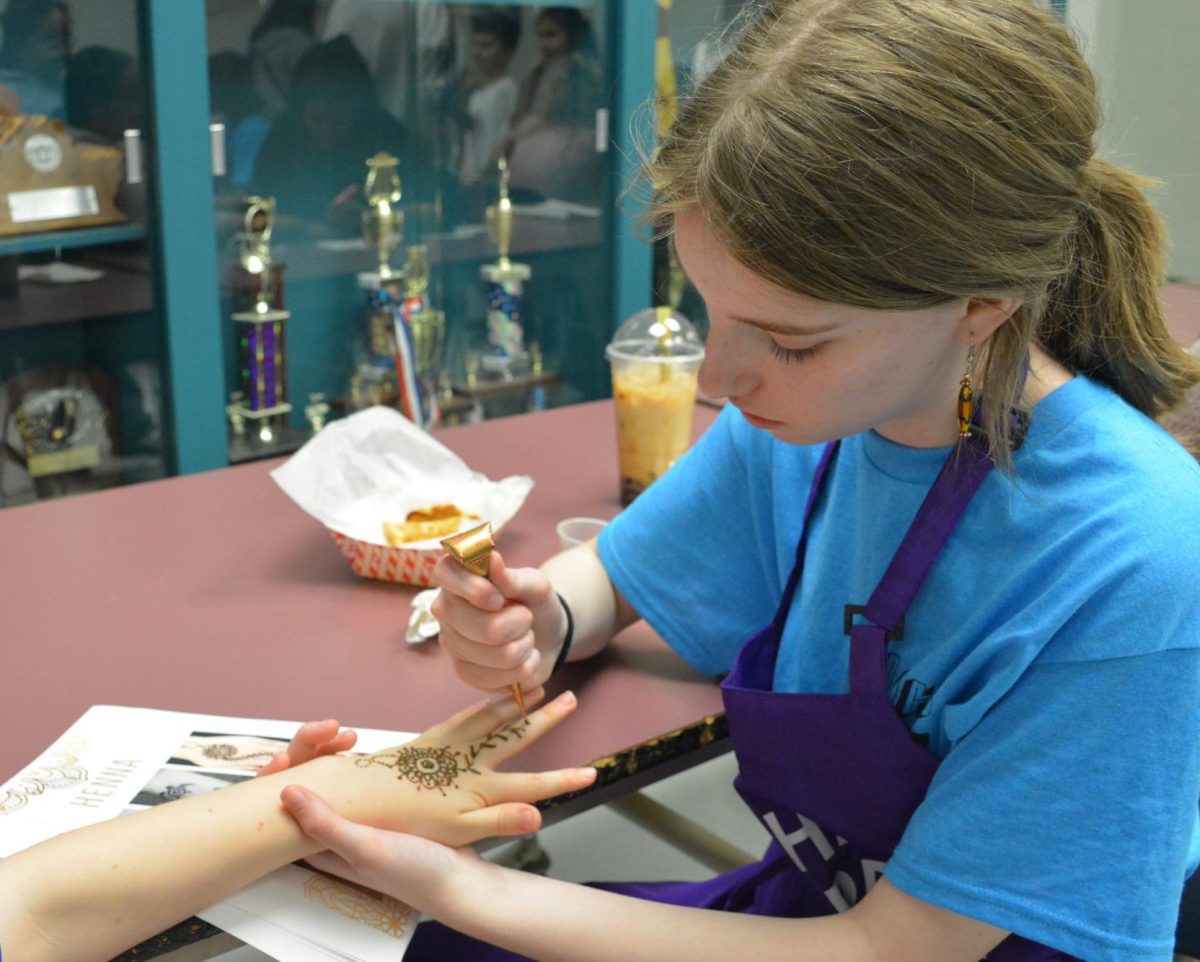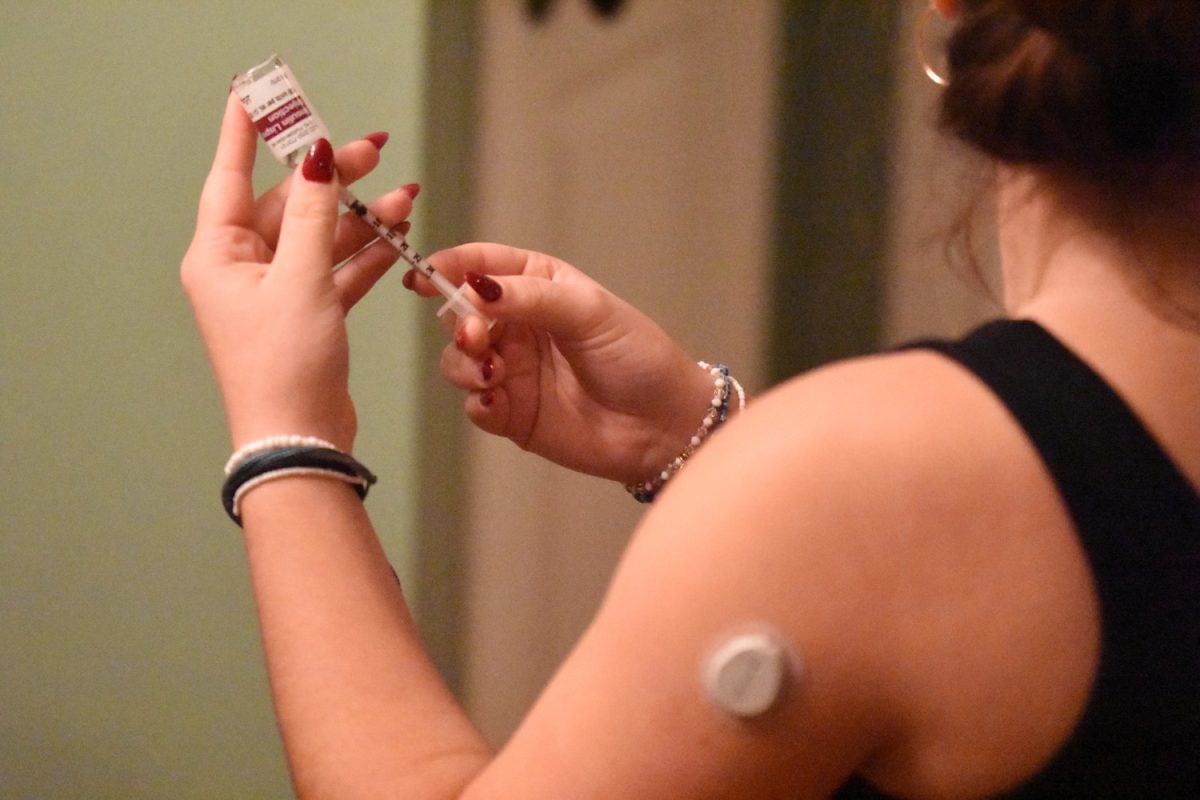High school life is a fragile juggling act of managing painstaking amounts of schoolwork, meeting the demands of extracurriculars, and handling the complexities of social life and expectations. For many, this whirlwind of responsibility is already complicated enough. Adding another responsibility to a teenager’s life would be a seemingly impossible task.
Lauren Orphanos, a junior at Carlmont High School, confronts this issue daily through the form of a life-altering challenge: Type 1 diabetes.
According to the American Diabetes Association, Around 2 million Americans are currently living with Type 1 diabetes, including approximately 300,000 adolescents.
Type 1 diabetes is a disease that causes the pancreas to fail to produce insulin. Insulin regulates the amount of glucose in one’s blood. Glucose dictates the body’s blood sugar levels, a vital component in maintaining one’s health.
Without a constant source of insulin, Orphanos and other Type 1 diabetics must maintain their blood sugar levels independently. Managing these levels is often tricky for Orphanos due to her other responsibilities. However, managing Type 1 diabetes has become a part of her daily routine.
“Managing schoolwork and social life can be difficult because diabetes affects everything I do; however, I have learned to deal with the challenges,” Orphanos said.
Daily life
The responsibilities associated with Type 1 diabetes push many teens beyond what they can handle. According to the National Library of Medicine, teens with Type 1 diabetes are far more susceptible to depression, amongst other mental health issues.
“For many teenagers with Type 1 diabetes, attempting to manage their condition can have a costly effect. Due to the importance of managing Type 1 diabetes, many teens feel a significant amount of anxiety and stress when given such a large responsibility,” said Rayhan Lal, an endocrinologist at Stanford Medical Center.
The constant stress of maintaining blood sugars is a critical factor in this; however, an even more significant factor is one’s social life.
According to the National Library of Medicine, an overwhelming number of teens feel self-conscious about their condition, believing that others view them differently because of it. Often, the disease creates a disconnect between many teens and their peers, with them feeling isolated due to their unique responsibilities.
“Going into high school, you want to be more normal than at any other time in your life. You don’t want to be judged, so you want to hide what you are dealing with,” Orphanos said.
While often not intentional, this feeling of self-consciousness develops due to others’ perception of Type 1.
Contrary to popular belief, Type 1 diabetes is not a result of overeating sugar or a dietary issue. In fact, there is no known way of preventing the disease.
“While some of the misconceptions regarding type 1 diabetes have improved over time, many still do not understand what Type 1 diabetes actually is. I can remember back in the 80s when I told people that I was diabetic, they were shocked and concerned,” said Kimberly Callan, a Type 1 diabetic and teacher at Carlmont High School.
The emotional challenges associated with Type 1 diabetes are further magnified when combined with the physical challenges.
One’s blood sugar levels must remain within a particular range to maintain a healthy lifestyle. If blood sugar levels were to go beyond or below this range, one may experience symptoms such as a lack of energy, hunger, dizziness, and a higher susceptibility to infections.
According to the National Institute of Diabetes, Digestive, and Kidney Diseases, if blood sugar levels were to remain outside of this range for an extended period, long-term severe complications, including heart disease, kidney damage, or eyesight issues, would likely arise.
Maintaining blood sugar levels is not a concern for most, as the pancreas manages these levels by producing sufficient insulin.
However, due to the failure of the pancreas, Type 1 diabetics, like Orphanos, must manage their blood sugar levels independently.
To accomplish this, Orphanos must regularly check her blood sugar levels through manual blood tests or an automated glucose monitoring system. If the level is above a healthy range, Orphanos must take insulin shots to lower her blood sugar levels.
If her blood sugar levels fall below the healthy range, Orphanos must consume sugar to raise her blood sugar level.
Maintaining blood sugar levels can be particularly challenging due to their constant fluctuation.
“The most challenging part of Type 1 diabetes is managing blood sugar levels because so many things affect blood sugar, like stress or hormone levels,” said Allegra Ferme, a Type 1 diabetic and an assistant librarian at Carlmont High School.
For many people, like Orphanos, this cycle begins at a young age. According to the National Library of Medicine, 85% of Type 1 diabetics are diagnosed before the age of 20.
In addition to the physical and mental challenges, Type 1 diabetes can be a financial strain. Accounting for insulin, blood sugar testing supplies, and other necessary tools, the associated costs can rise quickly. According to a study conducted by the National Library of Medicine, the average annual cost of Type 1 diabetes is upwards of $9,000.
“There are great inequities in diabetes care. For those with access to resources and support, diabetes care usually follows the same structure as the rest of life. For those underserved individuals dealing with socio-economic inequities and instability — these challenges are recapitulated in diabetes management and mental health,” Lal said.
Achieving a balance
Juggling these responsibilities and school life has been a complex process for Orphanos. As there is no cure or vaccine for Type 1 diabetes currently available, this routine will continue to be a cornerstone of Orphanos’s life.
Achieving balance in this process is challenging; however, Orphanos is not alone. Family is a crucial aspect in supporting Orphanos. Many Type 1 diabetics, such as Orphanos, rely on those closest to them to help manage the stress and responsibilities associated with their condition.
“Family is a big part of my life. They are my support system; they help me whenever I need support. I am so grateful for what they do for me,” Orphanos said.
When Orphanos was initially diagnosed, she entirely relied on her family’s support. While family remains a crucial component of Orphanos’s life, Orphanos has learned to manage her diabetes independently.
“When I was younger, my parents managed all of my diabetes. But now, I have become more independent and can face some challenges independently,” Orphanos said.
Learning to be independent is vital for all high schoolers. In college and beyond, these support systems may not be readily available, requiring a certain level of maturity to handle the inevitable challenges.
This inevitable jump in responsibility is difficult for all Type 1 diabetics; however, significant progress towards more efficient diabetes care has rapidly developed.
Research into the pancreas has revealed new technologies that can more effectively handle one’s blood sugar levels.
Technology monitoring blood sugar levels has steadily improved over the last few years. Companies such as Dexcom have created innovative blood sugar monitoring systems. Dexcom’s systems provide continuous readings for one’s blood sugar, eliminating the need for manual blood tests.
Additionally, insulin pumps have progressed diabetes care. Insulin pumps automate the process of taking insulin, delivering accurate levels of insulin based on fluctuations in blood sugar levels. Omnipod, amongst other major companies, has continued to be an innovator in the insulin pump market, steadily increasing the capabilities of insulin pumps.
Not only have the capabilities of diabetes care improved, but the accessibility of these systems continues to increase.
As more and more companies continue to push the standard of diabetes care, glucose monitoring systems and insulin pumps will likely become more affordable and diffused for Type 1 diabetics.
“Over the coming years, we will see the commoditization of sensors and insulin pumps, which will likely improve access,” Lal said.
Another crucial advancement in diabetes management is the lowering costs of insulin. Insulin is the most critical component in diabetes care. While blood sugar monitoring and insulin pump systems are not necessary, insulin is a necessity for all individuals with Type 1 diabetes.
In the past, the cost of insulin prohibited many from properly managing their diabetes. Due to the recent Cap Insulin Prices Act, a month’s worth of insulin was capped at $35, allowing for more affordable care.
While many challenges continue to occur in daily life, these advancements have significantly reduced the toll of Type 1 diabetes on everyday life.
“For those with access to continuous glucose monitors and insulin pumps, the work needed to achieve glucose goals is radically reduced. Wearing these devices is not without burden, but they make living with diabetes much more manageable,” Lal said.
With the constant stress of monitoring blood sugar levels or the need for more insulin, coupled with challenges faced at school, Orphanos’s life can be extremely overwhelming. While her family supports her throughout these challenges, the responsibilities remain difficult to handle.
However, just like thousands of others in the same situation, Orphanos views Type 1 diabetes as just another challenge in a life full of obstacles.
“Having Type 1 diabetes has changed me a lot. I have been introduced to a new community and have been able to form one at Carlmont. I have grown a lot due to diabetes and have become more independent as a result. I am prepared for the future and any challenges I may face,” Orphanos said.
This story was originally published on Scot Scoop News on April 14, 2025.



